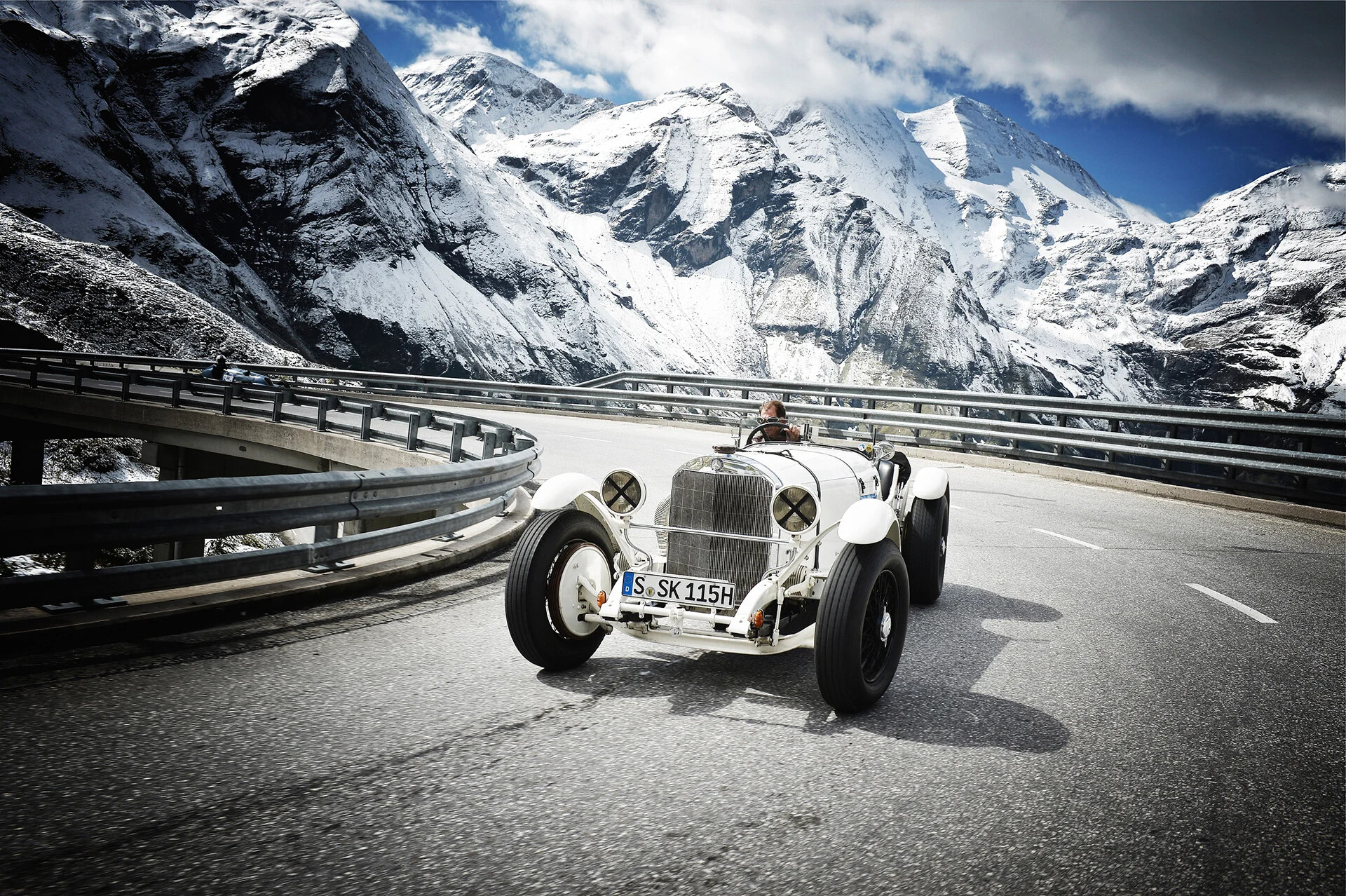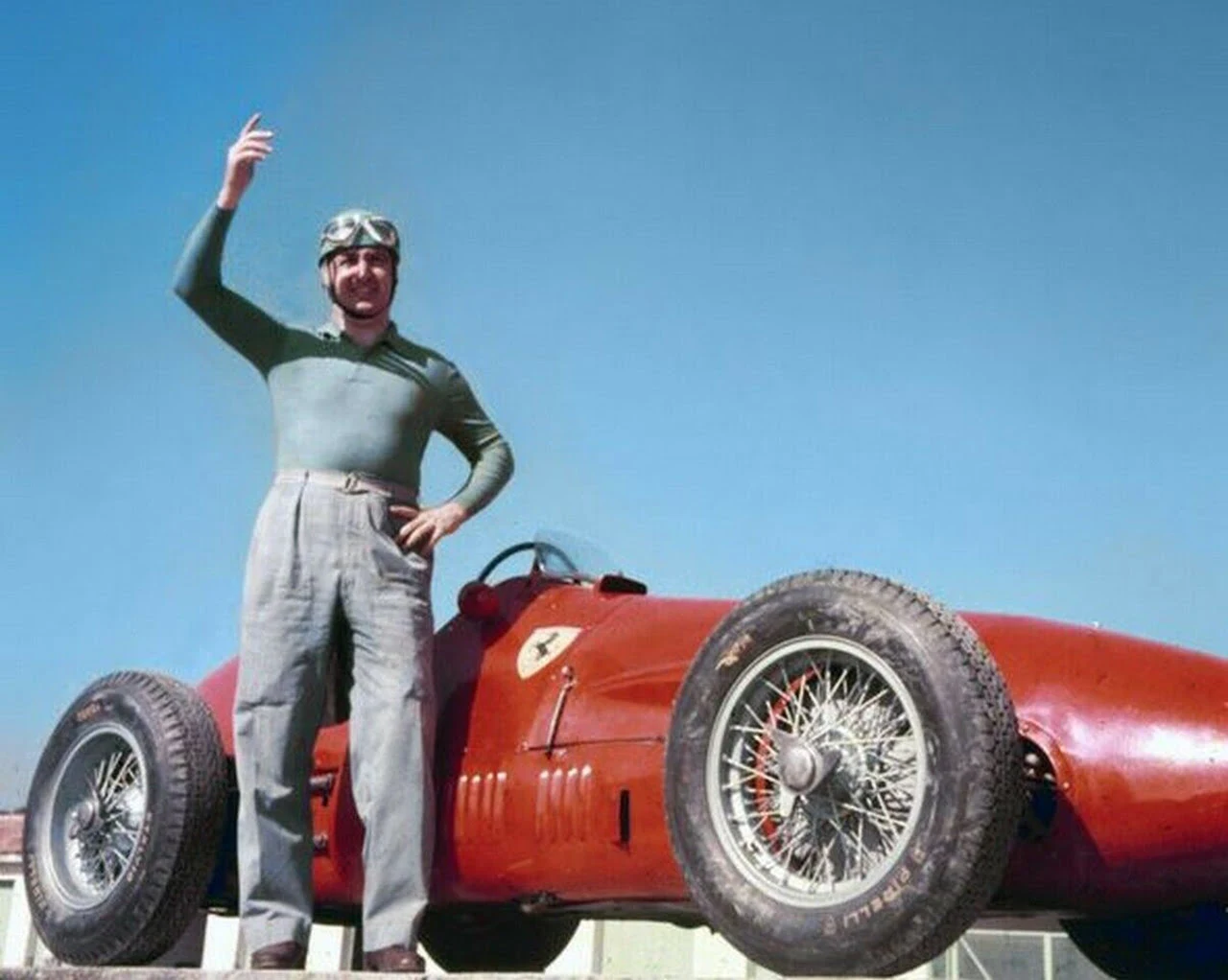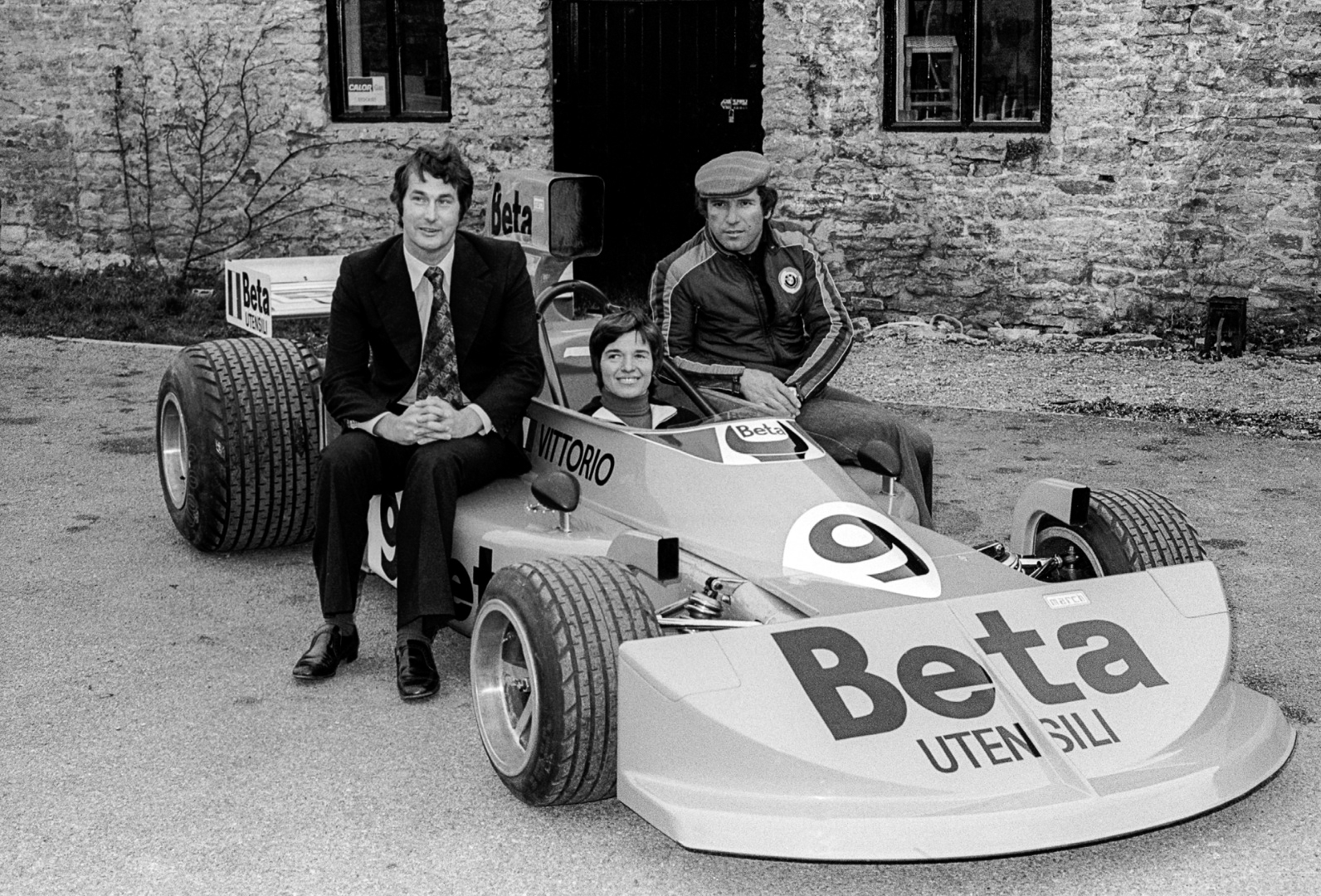The History of Colors in Racing: From the 1920s to the Singapore GP
28 September 2024 5 min read 7 images

Photo credit: Ferrari, Honda, Mercedes-Benz, Wheelsage
A black and green Mercedes, a tribute to Petronas’ 50th anniversary, and a Racing Bull painted like a pair of HUGO jeans, complete with stitching, rips, and even a zipper dividing sections of the car – an idea once used by BAR Formula 1 – demonstrate how Formula 1 cars have become vital advertising tools. This was evident at the Singapore GP on Sunday, September 22.
Register to unlock this article
Signing up is free and gives you access to hundreds of articles and additional benefits. See what’s included in your free membership. See what's included in your free membership.
Already have an account? Log In


